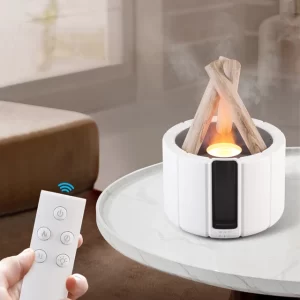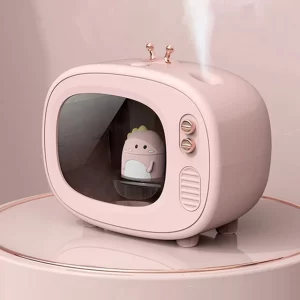The Benefits of a Humidifier for Asthma Relief
Introduction
Asthma is a chronic respiratory condition that affects millions of people worldwide. Managing asthma symptoms and creating a comfortable living environment is crucial for individuals with this condition. One potential solution is the use of a humidifier. In this comprehensive guide, we will explore the benefits of a humidifier for asthma relief. From understanding how humidity affects asthma to exploring specific advantages and considerations, we will provide detailed information to help you make an informed decision about incorporating a humidifier into your asthma management plan.
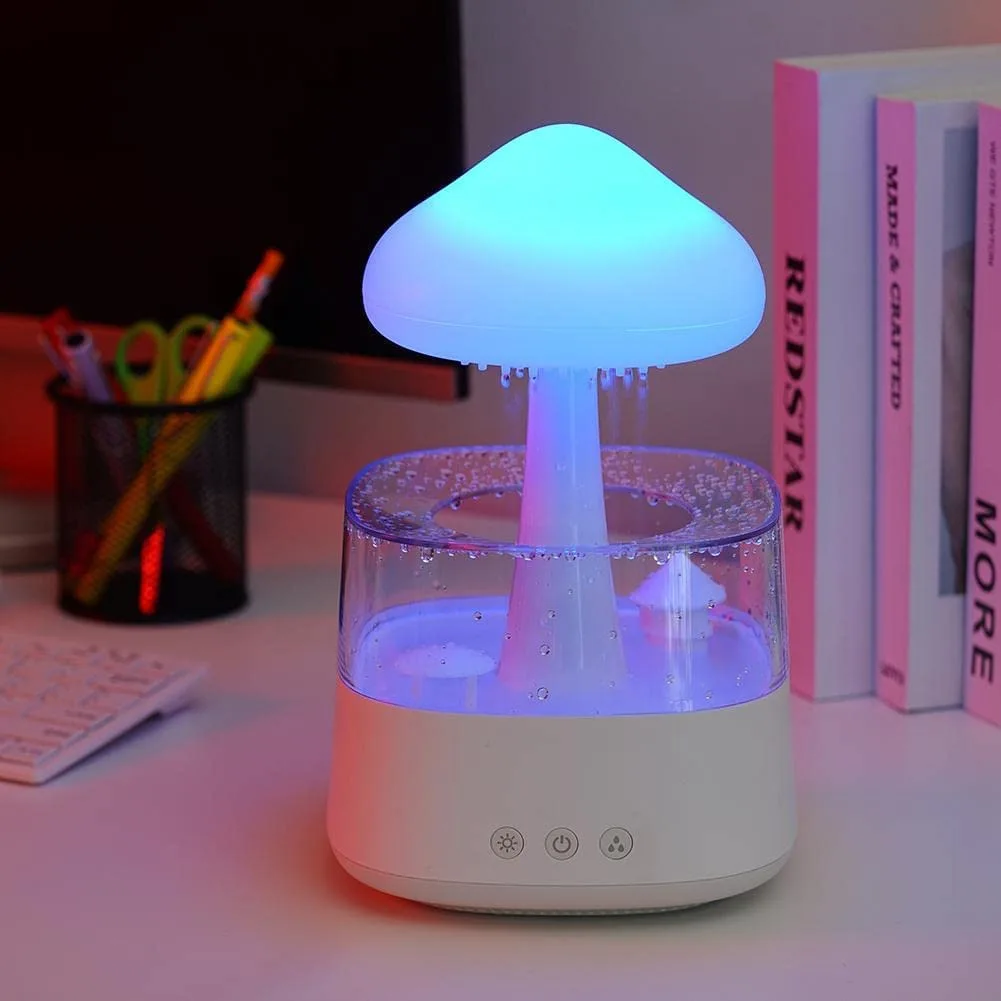
The Benefits of a Humidifier for Asthma Relief
I. How Humidity Affects Asthma
-
The Role of Humidity:
- Humidity refers to the amount of moisture present in the air. The level of humidity can significantly impact asthma symptoms and respiratory comfort. Both excessively dry and excessively humid air can trigger asthma flare-ups, making it crucial to maintain balanced humidity levels.
-
Effects of Dry Air:
- Dry air can irritate the respiratory system, leading to increased inflammation and symptoms associated with asthma, such as wheezing, coughing, and shortness of breath. Dry air can also cause dry nasal passages, making them more susceptible to allergens and irritants.
-
Effects of High Humidity:
- Excessive humidity can create an environment conducive to the growth of mold, dust mites, and other allergens. These allergens can trigger asthma symptoms and exacerbate respiratory conditions. High humidity can also lead to an increase in airborne irritants, such as volatile organic compounds (VOCs), which can worsen asthma symptoms.
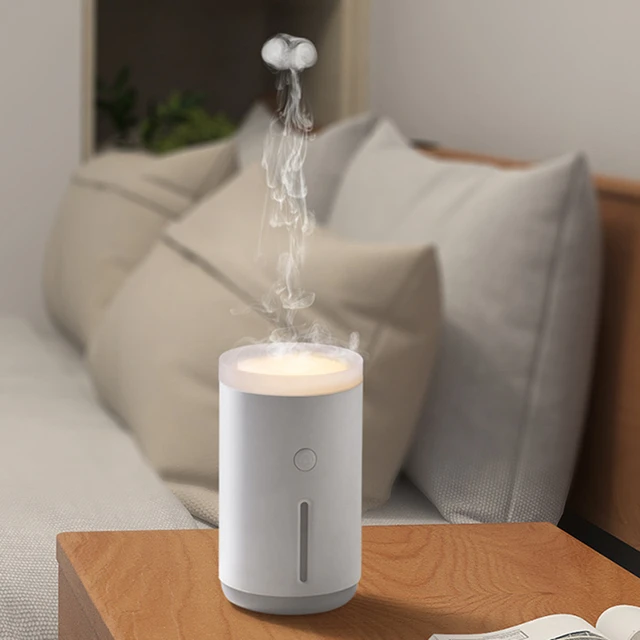
II. Benefits of a Humidifier for Asthma Relief
-
Moisturizing Dry Air:
- A humidifier adds moisture to the air, mitigating the effects of dry air on the respiratory system. By increasing humidity, it helps reduce airway irritation and soothes the respiratory passages, providing relief from coughing, wheezing, and throat dryness.
-
Allergen Reduction:
- Maintaining appropriate humidity levels can help minimize the growth of allergens, such as mold and dust mites. These allergens thrive in dry environments but are less likely to flourish in properly humidified spaces. Reducing allergen exposure can alleviate asthma symptoms.
-
Soothing Irritated Airways:
- Humidifiers can help soothe and moisturize irritated airways, making breathing easier for individuals with asthma. Moist air can reduce bronchial spasms, inflammation, and mucus production, promoting clearer airways and minimizing symptoms.
-
Enhancing Medication Efficacy:
- Asthma medications, such as inhalers and nebulizers, often work more effectively in a properly humidified environment. The moisture in the air helps improve the distribution and absorption of the medication, enhancing its therapeutic benefits.
-
Sleep Quality Improvement:
- Individuals with asthma often struggle with sleep disturbances due to coughing, wheezing, and breathing difficulties. A humidifier can help alleviate these nighttime symptoms, promoting better sleep quality and overall well-being.
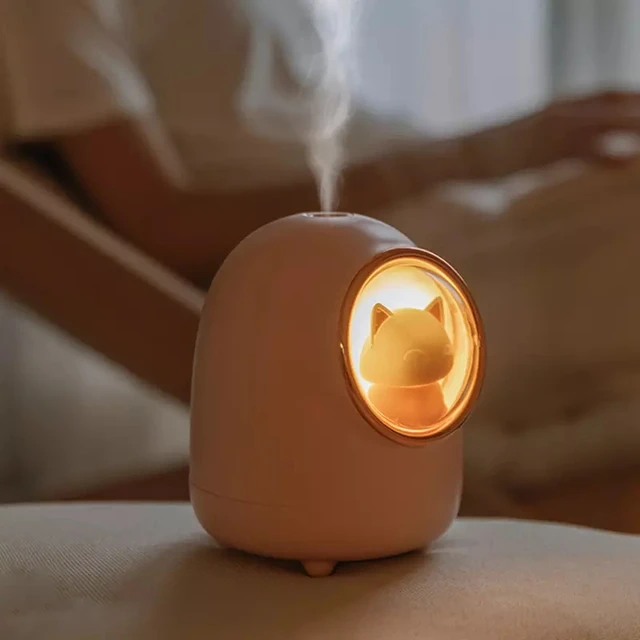
III. Choosing the Right Humidifier for Asthma Relief
-
Types of Humidifiers:
- There are several types of humidifiers available, including evaporative humidifiers, ultrasonic humidifiers, and steam humidifiers. Consider factors such as noise levels, ease of maintenance, and the ability to control humidity levels when choosing the right type of humidifier for asthma relief.
-
Cool Mist vs. Warm Mist Humidifiers:
- Both cool mist and warm mist humidifiers can be beneficial for asthma relief. Cool mist humidifiers disperse cool moisture into the air and are generally safer for use around children. Warm mist humidifiers release warm steam, providing additional respiratory comfort. Choose the type that suits your preferences and needs.
-
Humidifier Size and Room Coverage:
- Consider the size and room coverage of the humidifier. Calculate the square footage of the area you want to humidify to ensure the chosen humidifier can effectively cover the space. Oversized humidifiers may produce excessive moisture, while undersized ones may not provide adequate relief.
IV. Proper Humidifier Usage and Maintenance
-
Humidity Control:
- It is essential to maintain optimal humidity levels, typically between 30% and 50%, to avoid extremes that can trigger asthma symptoms. Use a hydrometer, a device that measures humidity levels, to monitor and adjust the humidifier accordingly.
-
Cleanliness and Hygiene:
- Regularly clean and disinfect the humidifier following the manufacturer’s instructions to prevent the growth of bacteria, mold, and other contaminants. Maintaining proper cleanliness helps ensure the delivery of clean and safe moisture into the air.
-
Water Quality:
- Use distilled or demineralized water in your humidifier, especially if you live in an area with hard water. These types of water minimize mineral deposits and reduce the risk of releasing impurities into the air.
-
Regular Filter Replacement:
- If your humidifier has a filter, regularly replace it according to the manufacturer’s recommendations. A clean and functioning filter improves air quality and reduces the risk of releasing allergens or pollutants into the air.
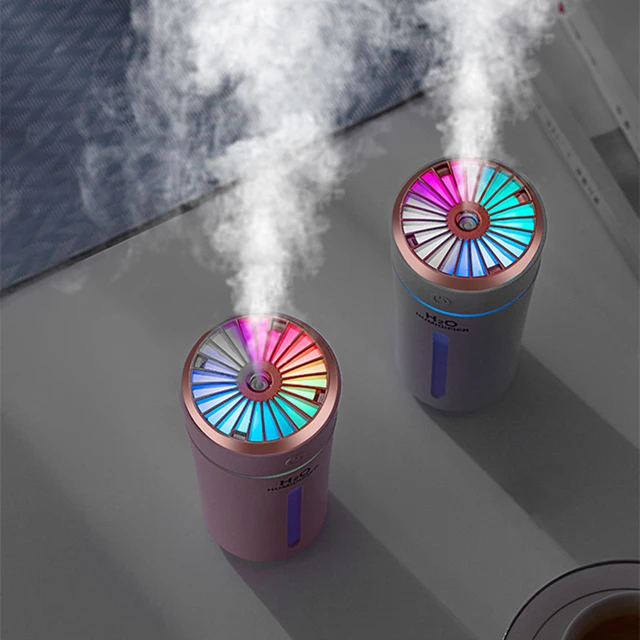
V. Considerations and Precautions
-
Monitor for Mold and Bacterial Growth:
- Although a properly maintained humidifier minimizes the risk of mold and bacterial growth, it is crucial to monitor the humidity levels and inspect the humidifier regularly for signs of contamination. If mold or bacteria are detected, address the issue promptly.
-
Proper Ventilation:
- Maintain proper ventilation in your home, especially in rooms with humidifiers. Good air circulation prevents excessive humidity buildup and helps control allergens.
-
Avoid Over-Humidification:
- Excessive humidity can create its own set of problems. Avoid over-humidification, as it can promote mold growth and increase dust mite activity. Properly monitor humidity levels and adjust the humidifier settings accordingly.
VI. Consulting a Healthcare Professional
-
Medical Guidance:
- If you or someone in your household has asthma, it is advisable to consult with a healthcare professional specialized in respiratory health. They can provide personalized advice on managing asthma symptoms and whether a humidifier is suitable for your specific needs.
-
Allergy Triggers:
- Discuss potential allergens and asthma triggers found in your home with your healthcare professional. They can provide additional recommendations for minimizing allergen exposure and optimizing asthma management strategies.
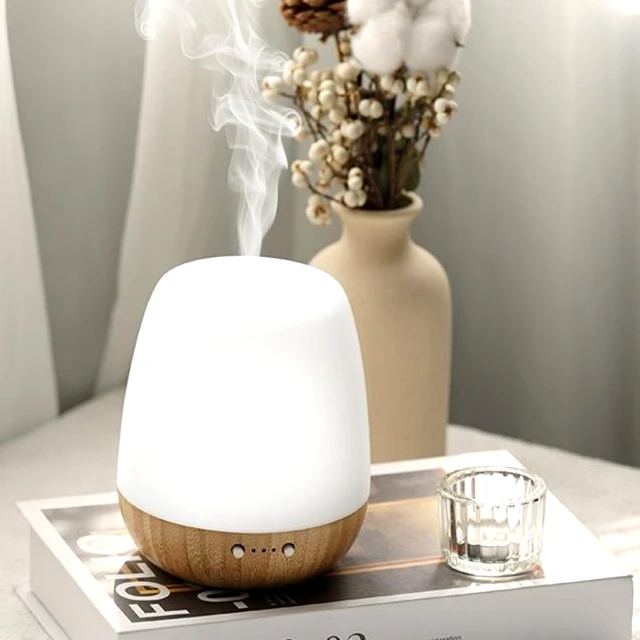
VII. Conclusion: Incorporating a Humidifier into Your Asthma Management Plan
A humidifier can be a valuable tool in managing asthma symptoms and improving respiratory comfort. By maintaining appropriate humidity levels, reducing allergen exposure, and providing respiratory relief, a humidifier contributes to a healthier and more comfortable living environment for individuals with asthma.
Choosing the right humidifier, properly maintaining and using it, monitoring humidity levels, and considering potential precautions are vital for maximum asthma relief. It is important to consult with healthcare professionals and follow personalized medical advice to tailor an effective asthma management plan that includes the use of a humidifier.
Remember that a humidifier is just one component of a comprehensive asthma management strategy. Regular monitoring, medication adherence, and ongoing communication with healthcare professionals remain essential for optimal asthma control and overall well-being.
